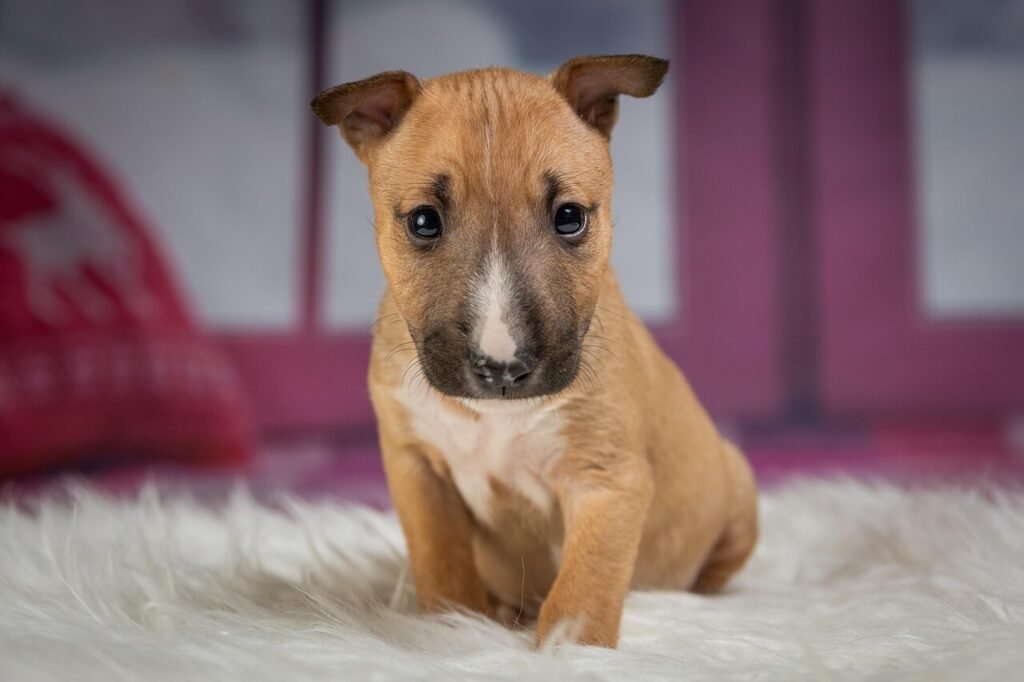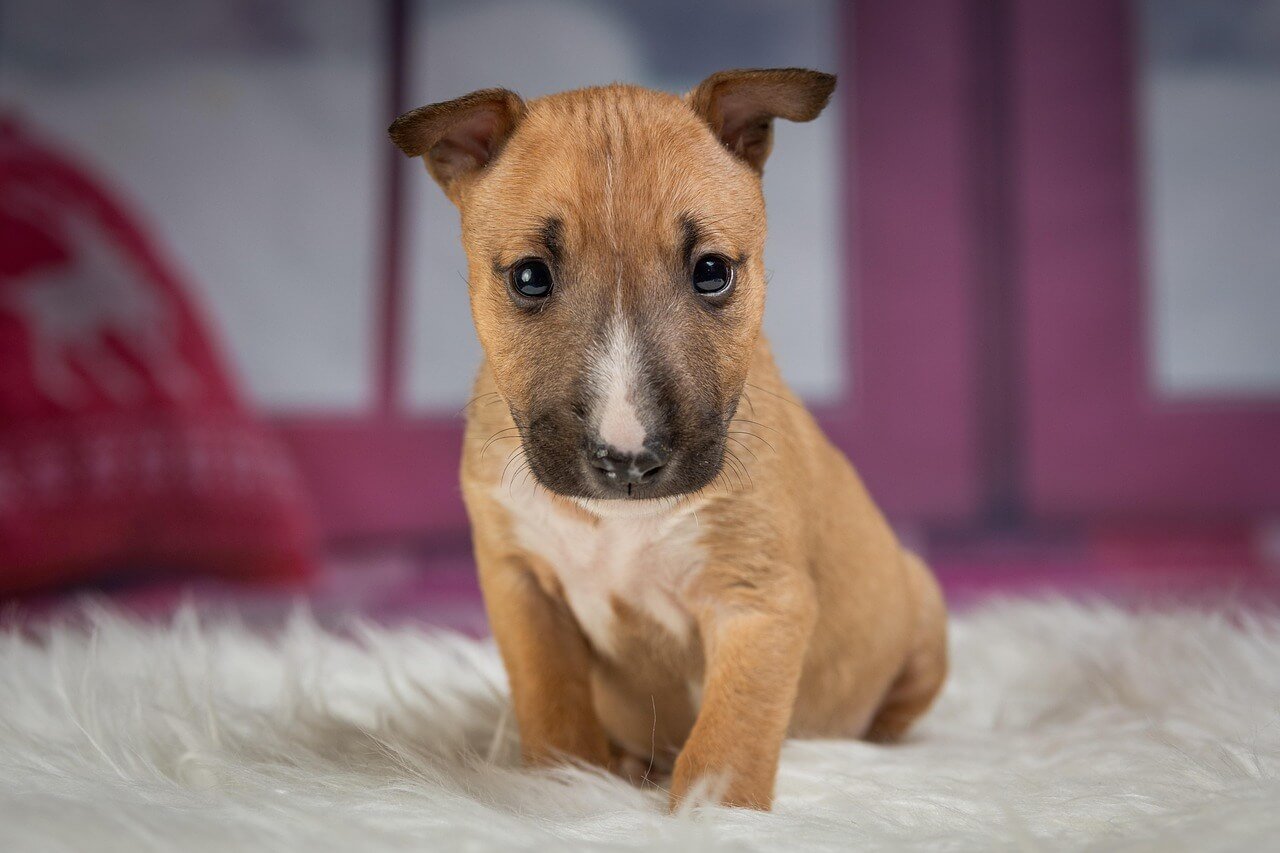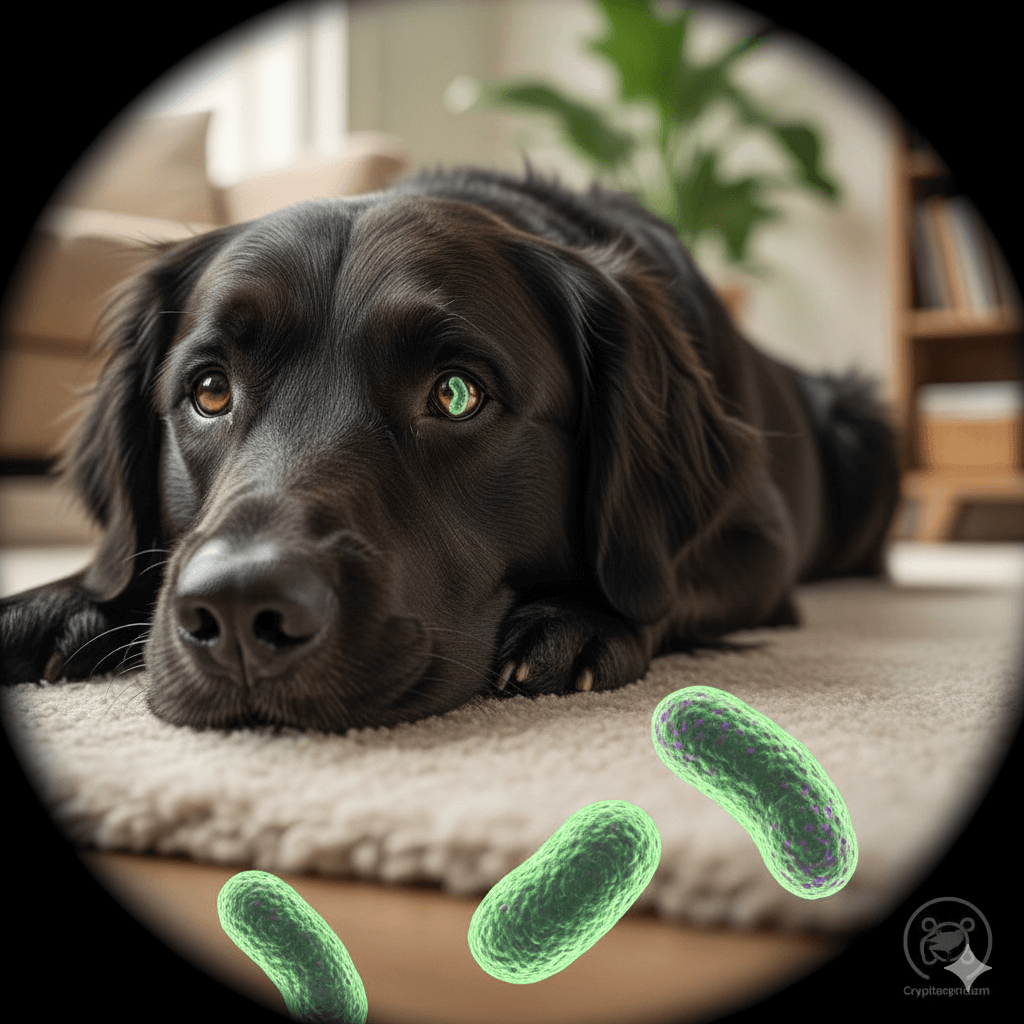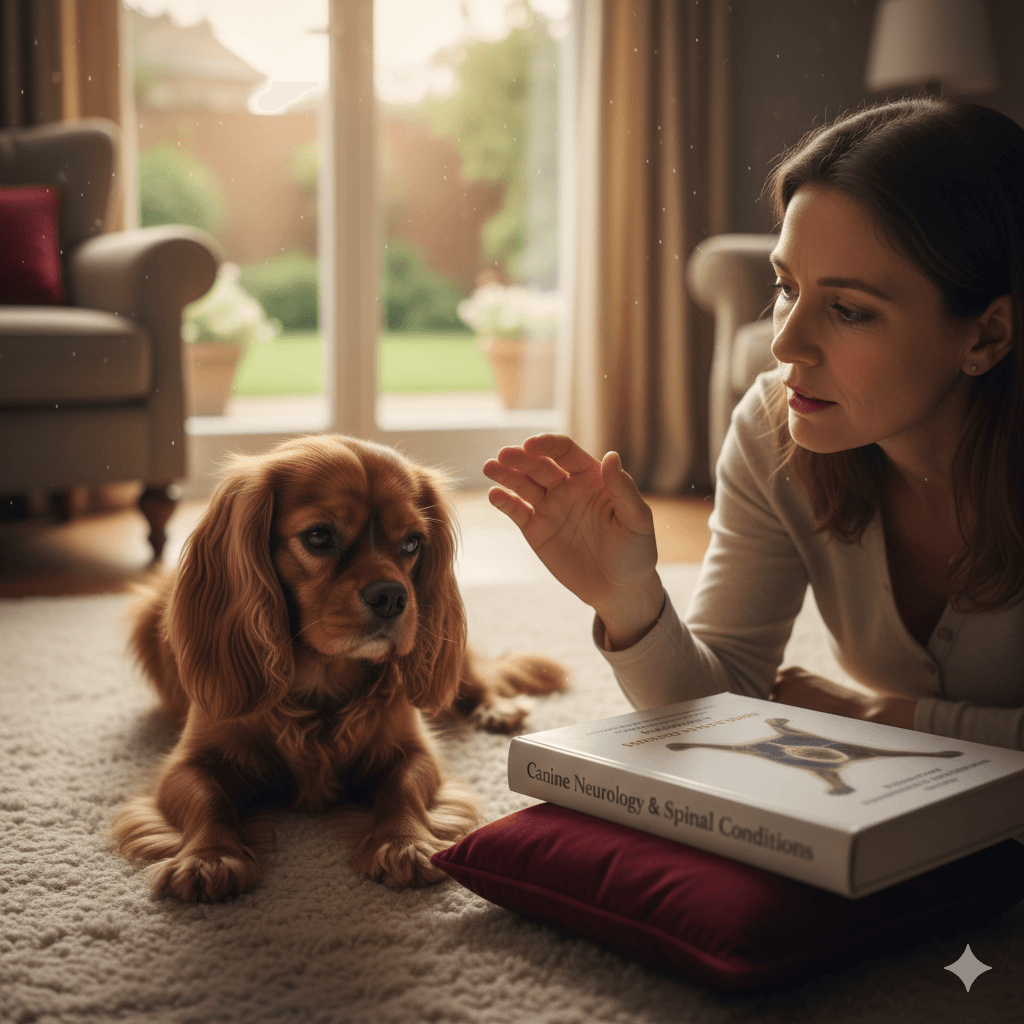Why Did My Dog Bite My Face? Understanding the Behavior Behind the Bite
Dogs are often seen as loyal and loving companions, but even the most well-behaved dogs can sometimes exhibit unexpected behaviors, like biting. If your dog has bitten your face, it’s natural to feel shocked, hurt, or confused. However, understanding why this happened is crucial for preventing future incidents and strengthening your bond with your furry friend. Dog bites rarely occur without reason, and they can stem from fear, stress, excitement, or even a simple misunderstanding.
In this blog post, we’ll explore the potential reasons behind such behavior, how to address it, and steps you can take to ensure both you and your dog feel safe and secure moving forward. By gaining insight into your dog’s perspective, you can foster a healthier and more harmonious relationship.
Common Reasons Why Dogs Bite Faces
Dog bites directed at the face are often linked to specific triggers or situations. While every dog is unique, there are some common reasons why a dog might bite in this manner. Understanding these motivations can help you identify the root cause of the behavior:
Fear or anxiety triggered by loud noises, sudden movements, or unfamiliar people
Overstimulation during playtime, leading to accidental nips
Protective instincts when guarding food, toys, or personal space
Pain or discomfort caused by an injury or illness
Lack of proper socialization during puppyhood
Identifying the underlying cause of the bite is the first step toward addressing the issue. Remember, dogs communicate through their actions, and a bite is often a signal that something needs attention.
Signs Your Dog May Be Likely to Bite
While dog bites can seem sudden, there are often warning signs that indicate a dog may be feeling uneasy or aggressive. Recognizing these signals can help you intervene before a bite occurs. Here are some behaviors to watch for:
Growling or snarling when approached
Stiff body posture or raised hackles
Avoiding eye contact or turning away
Excessive licking of lips or yawning when not tired
Showing teeth or snapping without making contact
By paying attention to these signs, you can take proactive steps to prevent a bite. Early intervention not only protects you but also helps your dog feel more secure and understood.
Check this guide 👉Why Does My Dog Bite My Feet? Best 7 Expert Tips!
Check this guide 👉Why Does My Dog Chomp at Me? Best 7 Behavior Tips!

Reasons for Dog Bites | Preventive Measures |
|---|---|
Fear or anxiety | Create a calm and predictable environment |
Overstimulation during play | Use timeouts to let your dog cool down |
Territorial or protective behavior | Train commands like “leave it” or “drop it” |
Pain or discomfort | Schedule regular vet checkups |
Lack of socialization | Gradually introduce your dog to new people |
How to Respond After a Dog Bite to the Face
If your dog has bitten your face, it’s important to respond calmly and appropriately to address both your immediate needs and your dog’s behavior. Here’s what you should do after such an incident:
Clean the wound immediately with soap and water to reduce infection risk
Seek medical attention if the bite breaks the skin or causes significant pain
Stay calm and avoid punishing your dog, as this can increase fear or aggression
Reflect on the situation to identify potential triggers or stressors
Consult a professional dog trainer or behaviorist for guidance
Taking these steps ensures that both you and your dog receive the care and support needed to move forward. A measured response can prevent further incidents and rebuild trust.
Training Tips to Prevent Future Face Bites
Training plays a vital role in preventing unwanted behaviors like face biting. With consistent effort, you can teach your dog appropriate ways to interact and express themselves. Here are some effective training tips:
Teach basic commands like “sit,” “stay,” and “gentle” to establish boundaries
Reward calm behavior with treats or praise to reinforce positive habits
Practice desensitization exercises for situations that trigger fear or anxiety
Use a muzzle during high-risk activities until trust is rebuilt
Avoid roughhousing or games that encourage mouthing or biting
Consistent training not only reduces the likelihood of future bites but also strengthens your bond with your dog. Patience and persistence are key to success.
Understanding Your Dog’s Body Language
Dogs communicate primarily through body language, and recognizing these signals can help prevent face-biting incidents. By learning to interpret your dog’s cues, you can intervene before a situation escalates. Here are some key behaviors to watch for:
Ears pinned back against the head, indicating fear or submission
Tail tucked between the legs, signaling anxiety or discomfort
Wide eyes with visible whites, often a sign of stress or unease
Panting excessively when not hot or thirsty
Freezing in place, which can precede a bite if the dog feels threatened
Understanding these signs allows you to address your dog’s emotional state before it leads to biting. A proactive approach ensures both you and your dog feel safe and secure.
Creating a Safe Environment for Your Dog
A calm and predictable environment can significantly reduce the likelihood of face-biting behavior. Dogs thrive in spaces where they feel secure and understood. Here are some ways to create a safe and supportive environment:
Provide a designated quiet space where your dog can retreat when overwhelmed
Use baby gates or barriers to separate your dog from stressful situations
Keep interactions gentle and avoid sudden movements that may startle them
Maintain a consistent daily routine to reduce anxiety
Avoid exposing your dog to known triggers, such as loud noises or unfamiliar guests
By fostering a sense of security, you can minimize stress and prevent reactive behaviors like biting. A safe environment is the foundation for a happy and well-adjusted dog.
Strengthening Your Bond Through Positive Interactions
Building a strong bond with your dog is one of the most effective ways to prevent biting incidents. Positive interactions not only reinforce trust but also teach your dog that you are a source of comfort and guidance. Here are some ways to strengthen your relationship:
Spend quality time together through activities like walking or playing
Use treats and verbal praise to reward good behavior consistently
Practice short training sessions daily to build communication and cooperation
Engage in calming activities like grooming or massage to promote relaxation
Show patience and understanding during challenging moments
A strong bond fosters mutual respect and trust, reducing the likelihood of fear-based or aggressive behaviors. Investing in your relationship ensures a lifetime of love and companionship with your furry friend.
FAQ
Why did my dog bite me unexpectedly?
Dogs may bite unexpectedly due to fear, stress, overstimulation, or pain. Identifying the trigger is essential for addressing the behavior.
Is it normal for puppies to bite faces?
Puppies often explore the world with their mouths, but biting should be discouraged early through training and redirection.
Should I punish my dog for biting my face?
Punishment can worsen fear or aggression. Instead, focus on positive reinforcement and addressing the root cause of the behavior.
How can I tell if my dog is in pain?
Signs of pain include limping, excessive licking, whining, or changes in behavior. A vet visit can help rule out medical issues.
Can a dog trainer help with face-biting behavior?
Yes, a professional trainer can provide tailored strategies to address biting and improve your dog’s behavior.
Conclusion: Building Trust After a Dog Bite
Experiencing a dog bite to the face can be unsettling, but it’s important to remember that dogs rarely act out of malice. By understanding the reasons behind the bite and taking proactive steps to address the behavior, you can create a safer and more harmonious environment for both you and your pet. Whether it’s through training, veterinary care, or simply spending more quality time together, every effort you make strengthens the bond you share. Dogs thrive on love, patience, and consistency, and with the right approach, you can turn this challenging experience into an opportunity for growth. Together, you and your dog can overcome this hurdle and continue to enjoy a happy, trusting relationship.
Understanding Cryptosporidium in Cats: Best 7 Expert Tips! – Spot symptoms, treat safely, and stop parasite spread in your home.
Understanding Cryptosporidium in Dogs: Best 7 Expert Tips! – Learn symptoms, treatment & prevention for this stubborn gut parasite.
Understanding Syringomyelia in Cats: Best 7 Expert Tips! – Recognize signs, manage pain, and support your cat’s neurological health with vet-backed guidance.
Understanding Syringomyelia in Dogs: Best 7 Expert Tips! – Expert insights on symptoms, MRI diagnosis, pain management & quality of life.





